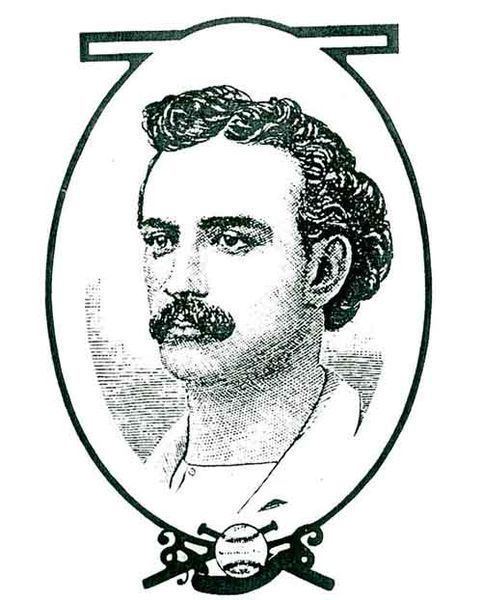Sport Baseball Ceased 1875 | Founded March 17, 1871 Country USA | |
 | ||
No. of teams 25 (total)8 (1874)12 (1875) Lastchampion(s) 1875 Boston Red Stockings | ||
The National Association of Professional Base Ball Players (NAPBBP), or simply the National Association (NA), was founded in 1871 and continued through the 1875 season. It succeeded and incorporated several professional clubs from the National Association of Base Ball Players (NABBP); in turn several of its clubs created the succeeding National League of Professional Baseball Clubs.
Contents
History
In 1869, the previously amateur National Association of Base Ball Players, in response to concerns that some teams were paying players, established a professional category. The Cincinnati Red Stockings were the first team to declare their intention to become fully professional. Other teams quickly followed suit. By 1871, several clubs, wanting to separate fully from the amateur association, broke away to found the National Association of Professional Base Ball Players. (The remaining amateur clubs founded the National Association of Amateur Base Ball Players, which only lasted two years). In 1876, wanting an even stronger central organization, six clubs from the NA and two independents established the National League: Boston Red Stockings, Hartford, Mutual, Athletic, Chicago, and the St. Louis Brown Stockings from the NA plus independent clubs Louisville and Cincinnati.
The NA was the first professional baseball league. Its status as a major league is in dispute. Major League Baseball and the Baseball Hall of Fame do not recognize it as a major league, but the NA comprised most of the professional clubs and the highest caliber of play then in existence. Its players, managers, and umpires are included among the "major leaguers" who define the scope of many encyclopedias and many databases developed by SABR or Retrosheet.
Several factors limited the lifespan of the National Association including dominance by a single team (Boston) for most of the league's existence, instability of franchises as several were placed in cities too small to financially support professional baseball, lack of central authority, and suspicions of the influence of gamblers.
Member clubs
Professional baseball clubs in the 19th century were often known by what is now regarded as a "nickname", although it was actually the club's name. This was a practice carried over from the amateur days .The singular form of a "nickname" was often the team name itself, with its base city "understood" and was so listed in the standings. Rather than "Brooklyn Atlantics", the team was simply called "Atlantic", or "Atlantic of Brooklyn" if deemed necessary by the writer. Another common practice was to refer to the team in the plural, hence the "Bostons" the "Chicagos" or the "Mutuals". Sometimes the team would have a nickname, usually something to do with the team colors, such as the Boston Red Stockings, Chicago White Stockings, and Mutual Green Stockings.
This practice of using the singular form of the "nickname" as the team name faded with time, although as recently as the early 1900s, the team generally known as "Philadelphia Athletics" was shown in the American League standings as "Athletic", the traditional way. That team sported an old-English "A" on its jerseys, as had its nominative predecessors.
Later, the Encyclopedia of Baseball attempted to retrofit the names into a modern context. In the following list, the bold names are the names most often used by contemporary newspapers in league standings, and the linked names after them are those typically ascribed to the teams now, using the Encyclopedia of Baseball standard.
